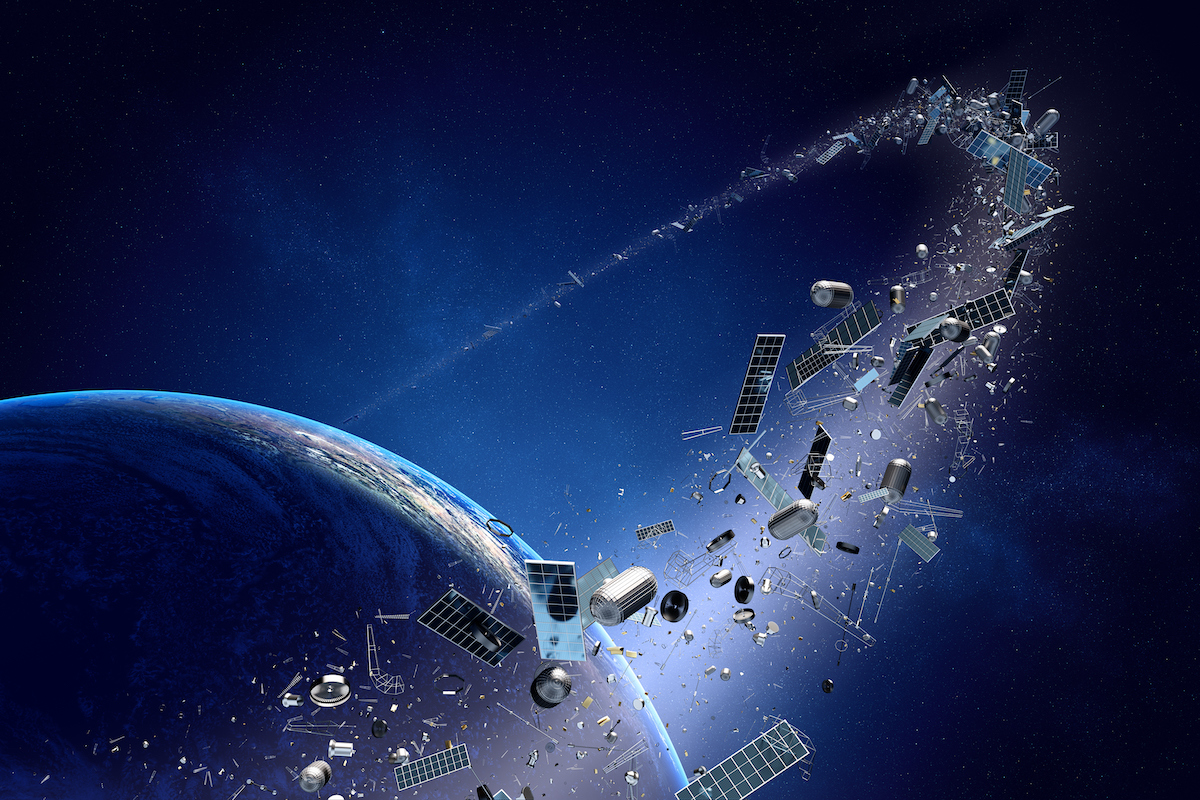Products You Didn't Know Came from NASA
Posted 21 April 2016On October 1, 1958, the National Aeronautics and Space Administration (NASA) started its operations and since then has been responsible for both manned and unmanned civilian space exploration projects. The federal agency also involves itself in aeronautic and aerospace research.
Its commitment to space exploration identified problems that needed solving, whether in health and safety, material limitations, the development of tools that would work in zero gravity or technical solutions that allowed for improved analysis of this last great frontier. As barriers to space travel were overcome, the resulting tech often led to improvements on Earth.
At the time of writing, nearly 2,000 examples of NASA technology that spawned commercial products and services since 1978 are outlined on the agency website. These innovations span multiple industries, including health and medicine, transportation, public safety, consumer goods, energy and environment, information technology and industrial productivity - an impressive range for an agency without a commercial arm to sell products and services. NASA actively encourages commercial adaptation of their technology (with a callout to all US-based high-tech entrepreneurs) and a list of their patents is publicly available.

Let's look at some of the NASA-influenced innovations to date.
- Freeze Dried Food: Going camping any time soon? You can thank NASA for those ready meals! NASA invented the freeze-dried foods process, which is now seen in meals that require water before consumption.
- Ear Thermometers: The same technology that measures the energy emitted by your eardrum is measuring the temperatures of stars and planets! The thermometers use an infrared technology helps to eliminate cross-contamination by avoiding contact with mucous membranes while quickly providing a thermal temperature read.
- Protective Ceramic Coating (PCC): This technology was invented by NASA Ames Research Center and designed to withstand re-entry temperatures. Easily applied to any surface, it can be used in winter and summer clothing to regulate body temperature. Other applications in the works include patio furniture, children's car seats and any other situation where heat causes discomfort. By coating the product with PCCM, it helps it keep a lower temperature.
- CO2 Craft Brewery Recovery System: The Martian atmosphere is composed of more than 95 percent carbon dioxide. NASA, in conjunction with contractors, NASA has developed a way to break the Martian atmosphere down and extract water. The same principle is now available commercially and will add bubbles to beer for craft and microbreweries worldwide. The CO2 Craft Brewery Recovery System will allow brewers to save money on carbon dioxide, reuse it as part of the process and also prevent carbon dioxide emissions to benefit the environment.
- OpenStack: NASA and Rackspace collaborated in 2010 and the fruits of their labor was OpenStack, an open source software solution for creating public and private clouds. Years later, it is still the most popular solution for cloud building and is believed by many to have accelerated the growth of cloud computing.
- Portable Cordless Vacuums: There would be no Dustbuster without the Apollo space mission! In order to collect core samples, NASA asked Black & Decker to develop a portable, self-contained drill. This led to the creation of a computer program that eventually resulted in the development of portable cordless vacuums.
- Longer Lasting Tires: When NASA reached out to Goodyear for a tire to help them land on Mars, they developed a fibrous material five times stronger than steel. They went on to use this technology to make radial tires with a tread life 10,000 miles greater than traditional tires.
Given the industries where NASA tech has been introduced to date, it is clear that there is plenty of room for new innovations with engineers, software developers, hardware design engineers and data scientists all capable of reviewing patents and coming up with new ideas. It seems future applications of NASA tech are sure to involve IT pros with any of a wide range of skills.